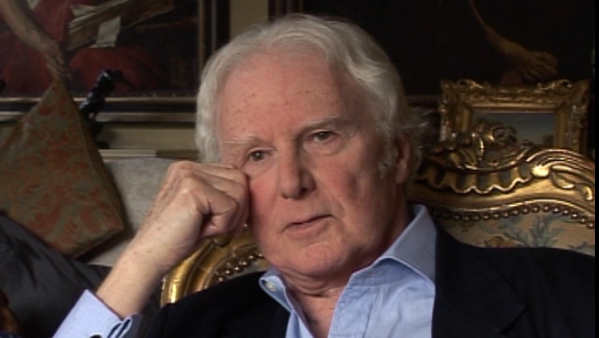Yes, I think it’s a kind of rather depressing, well, I suppose, post-Second World War reaction to wealth and comfort and display and swagger. He’s quite certainly the last of the real swagger portrait painters. And people’s political views, as well as their religious views, do affect their regard or otherwise for painters.
I mean, really he’s probably held in far higher esteem by Roman Catholics than by any other community. Whereas I say you have to look past all that and see what is there. You can’t ignore it. I think there are painters whose faith and conviction in that faith are so dominant that they actually contribute to what he paints. I was struck, when looking last December at the Isenheim Altar, the great Grünewald, and then here was a painter who could not have painted that if he did not profoundly believe in everything that is in it. It was… it is there. It is that that fires it. And he’s a man whom I think sat down one day and said, you know, who was Christ? Was he some beautiful young man with fair hair, or...? And decided, no, Christ was a Jew. What does a Jew look like? And so the crucified Christ in that great altarpiece is a heavy man with a hook nose and a dark skin. No one had ever done that before.
And that is not done out of disrespect, that is done out of profound understanding of the events, and to some extent, the theology behind what he’s been commissioned to paint. It’s like painting a little monster in the corner cupboard with syphilitic sores. Oh no, the painting was for the Antonites, who were a healing community. They were the doctors of the day. And where would a syphilitic go, but to the Antonite monastery? And so here’s an absolutely brand spanking new disease with these wonderful decays, so paint them. Put them in, you know. A thinking painter, a seeing painter, a feeling painter. And then... there are so many paintings that are improved – funny sort of word to use – but they are improved, they are made more intense by the understanding the painter has for the event.
And when Rembrandt was rambling around in Amsterdam, mixing with old Jews, his understanding of Old Testament subjects became much less dramatic and much more profound. And that’s what… that’s the difference between a great painter and a good painter: puts more in the picture than can be seen.





